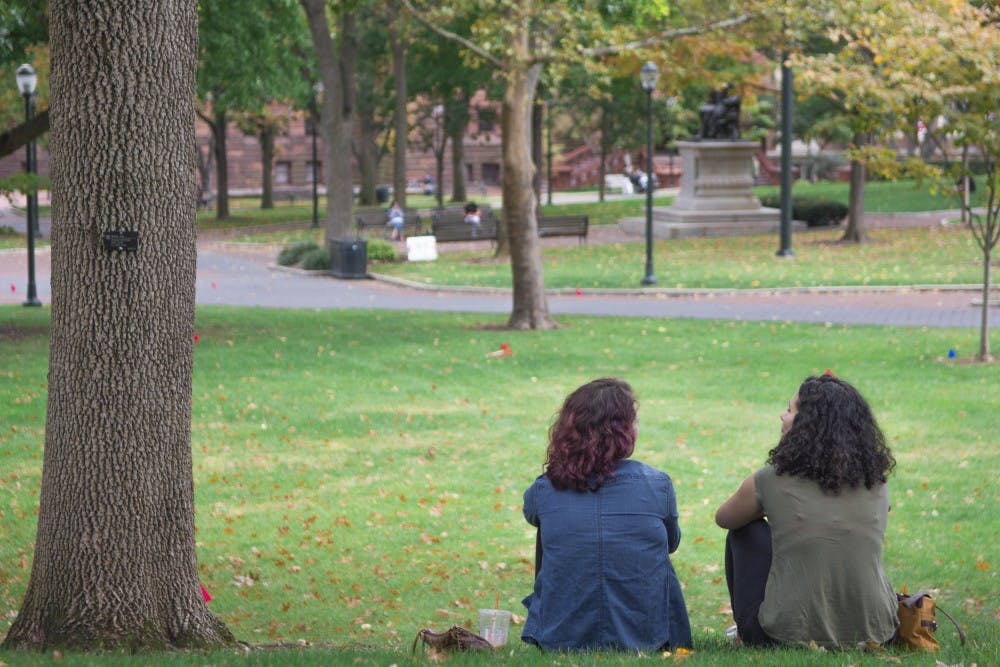
A recent report found that Hispanic and black female college graduates face a harder time paying back their student debt compared to male students and female students of other races.
The American Association of University Women published a report this spring that analyzed governmental data about student debt and pay gaps. The study revealed that Hispanic women paid off only three percent of their student debt three years after graduating, while black women managed to pay off nine percent. In contrast, white women paid off 37 percent, while Asian American women paid off 61 percent.
“Women make less than men at every education level,” said Kevin Miller, a senior researcher at AAUW. “It’s more true especially for black and Hispanic women. With lower incomes, they have less ability to pay off [debt] as quickly.”
Penn does not keep record of student debt broken down by gender or race, according to Karen Hamilton, the director of communications at Student Registration and Financial Services.
A black College junior, who asked for her name to remain anonymous, said that the ability of minority women to pay back debt depends on their profession.
“It depends on the concentration of black women in particular industries,” she said. “It’s important to look at the proportions of black women in those fields that would be the highest-paying fields, which would allow you to pay back your loans.”
The junior, who plans to attend medical school and become a gastroenterological surgeon, said that she was more worried about the gender pay gap rather than the racial pay gap for her career path. The AAUW report found that, on average, women make about 79 percent of what men make.
RELATED:
The gender pay gap looms large for Penn graduates
John Oliver gives his take on the country's student debt epidemic
“You find more female nurses than male nurses, but when you look at surgery, about 15 percent of surgeons are female, and surgeons do make a lot more than most people in the health care field,” she said. “So I’m more concerned about the disparity between what males are paid versus what females are paid.”
For female minority students at colleges like Penn, which maintsains an all-grant policy that prioritizes giving students grants that don’t need to be paid back, their worries center less on student debt and more on fair pay.
College freshman Elisabeth Hyde does not currently have any student debt, due to Penn’s all-grant policy that gave her “a lot of grants." Instead, she expressed more worry about finding a job where she is paid equally to her peers.
“I think chances are, [black women] will be paid less than men and some other women out there,” Hyde said. “I don’t think there should be quotas like, ‘we need to have four black employees or five Hispanic employees,’ but I think that there should be an effort to increase diversity within a job setting.”
The AAUW report hopes to bring more awareness to the general population about the issue of gender pay gap and its effects on the ability of women of all races to make a fair living.
“I don’t think we’re trying to tell them what they already know about their situation,” Miller said. “For people in this situation who are having trouble paying back their debt, they know it already. What we’re trying to do is make the general population aware of the inequality.”









